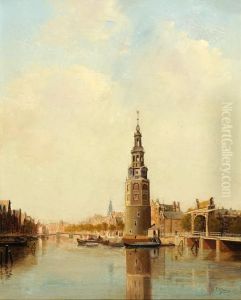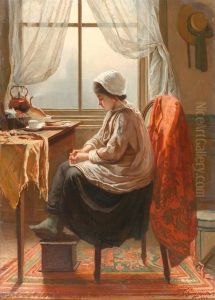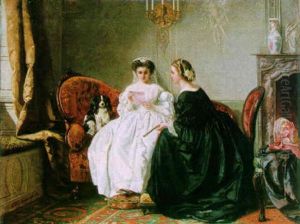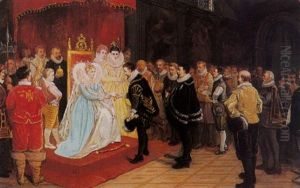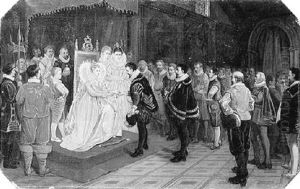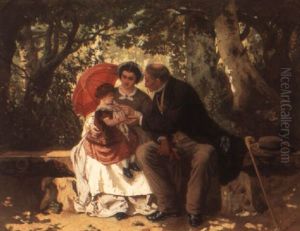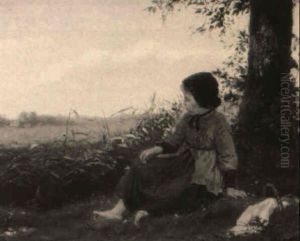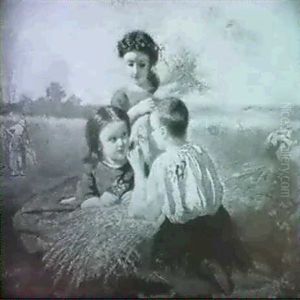Diederik Franciscus Jamin Paintings
Diederik Franciscus Jamin, also known as Dirk Franciscus Jamin, was a Dutch artist born in 1770, during a period when the Netherlands was known for its rich artistic heritage, which included the legacies of the Dutch Golden Age masters. However, Jamin's life and career unfolded in the post-Golden Age era, and he is not widely known in the art historical canon, making specific details about his life and work relatively scarce compared to more renowned artists of his time.
Jamin's life spanned the end of the 18th century and well into the 19th century, a period that saw significant political, social, and artistic changes. The art world was transitioning from Rococo to Neoclassicism, and later to Romanticism during his lifetime. While Jamin may not have been a prominent figure in these movements, his work would have been influenced by the prevailing tastes and artistic styles of the time.
Despite the lack of extensive records on Jamin's life and oeuvre, it can be assumed that he would have received a traditional art education, possibly apprenticing under a master painter, as was customary in the Netherlands. His works, if they were to follow the trends of the time, might have included genre scenes, portraits, landscapes, or still lifes. The Dutch tradition of detailed realism and an emphasis on the quality of light would have informed his technique and approach.
Diederik Franciscus Jamin passed away in 1854. While he may not have achieved the fame of his Dutch predecessors like Rembrandt or Vermeer, he contributed to the continuum of Dutch art, which has always valued the craftsmanship and discipline of painting. As with many lesser-known artists, Jamin's legacy may rest more in the continuation of Dutch artistic practices rather than in groundbreaking contributions to the field of art.
